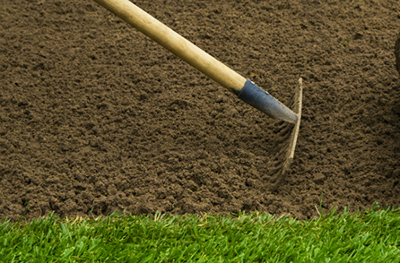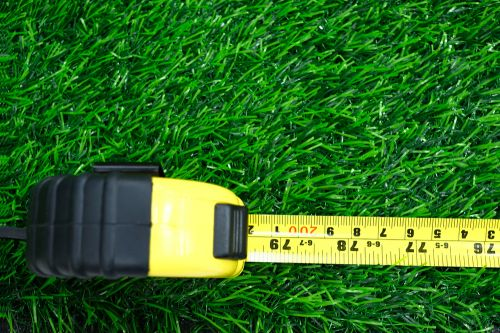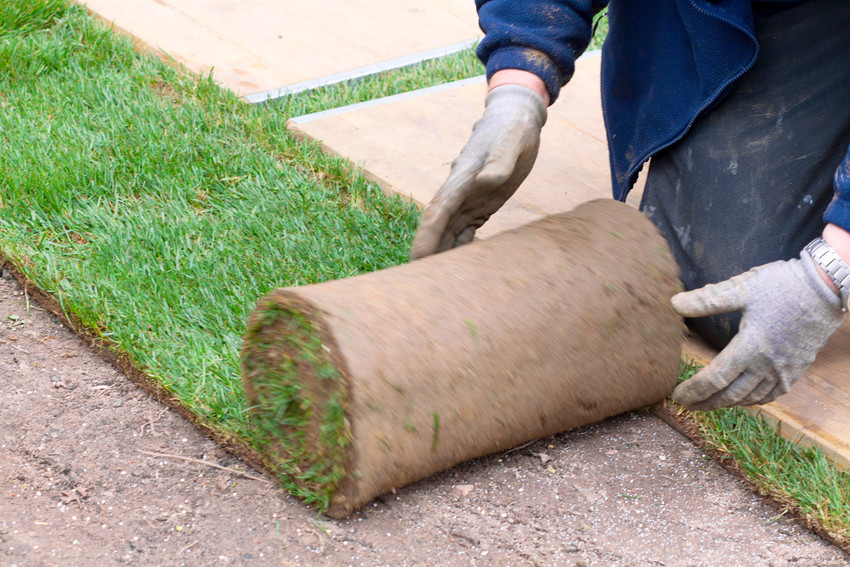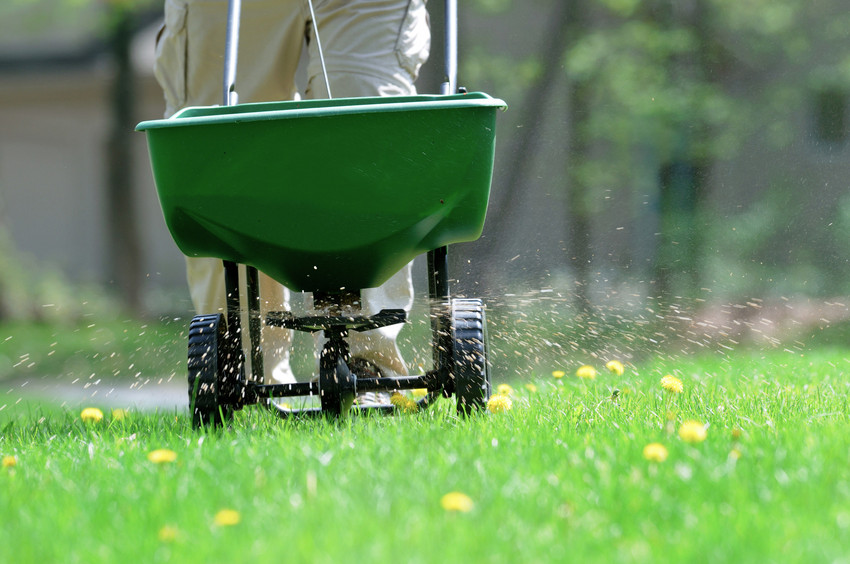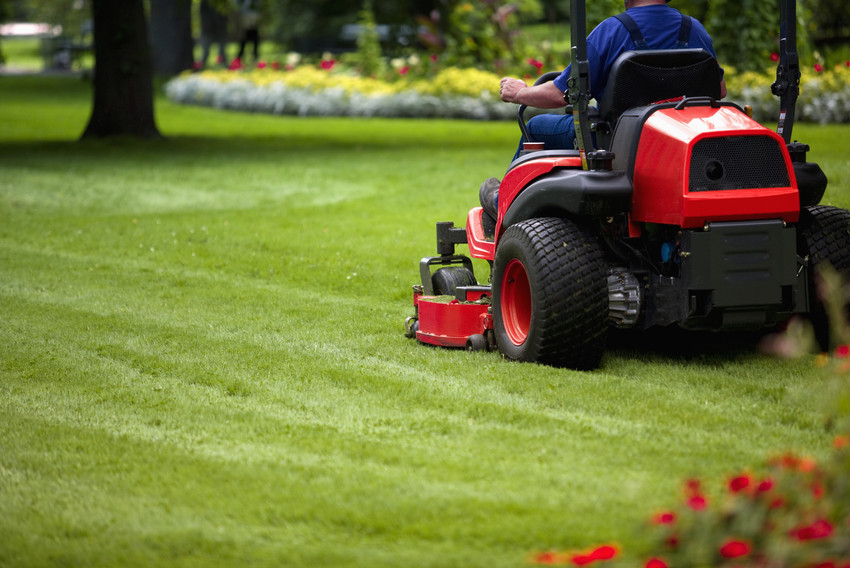Laying purpose grown turf will enable you to enjoy a fine lawn of instant beauty and maturity without the inconvenience, wastage or delay associated with seeding.
To help ensure optimum results and a quality finish to your lawn Easylawn recommend that you follow the guidance below.
Please remember that turf consists of a mass of living breathing plants. Applying appropriate care and attention to your new lawn will enable it to grow to its full potential and provide you with many years of enjoyment.


